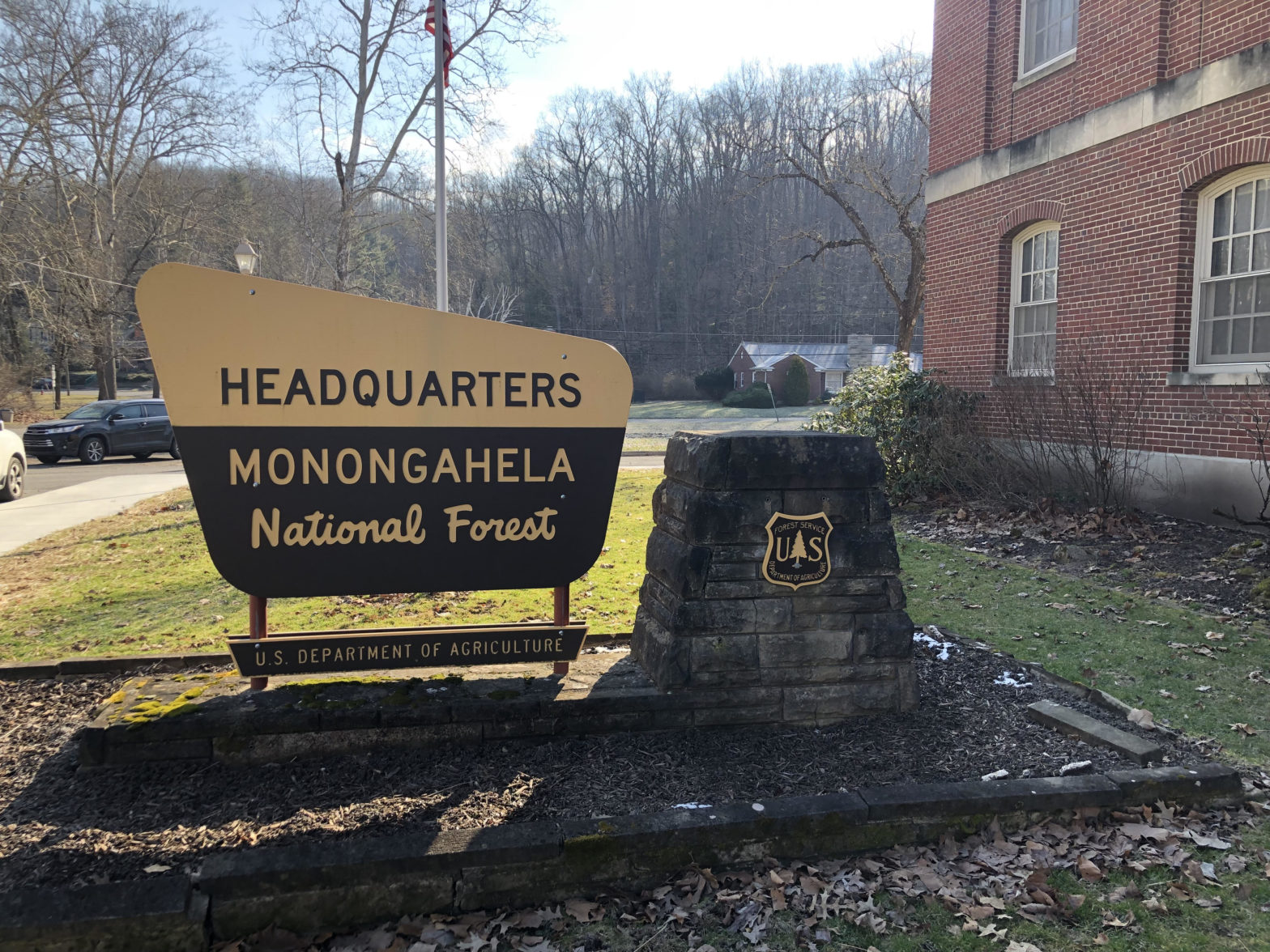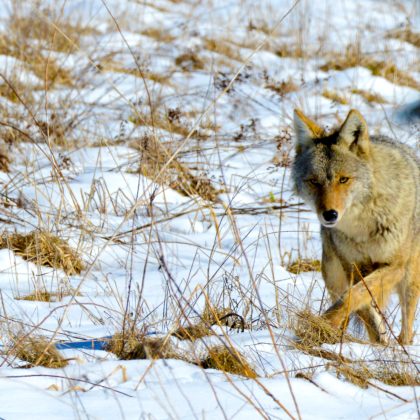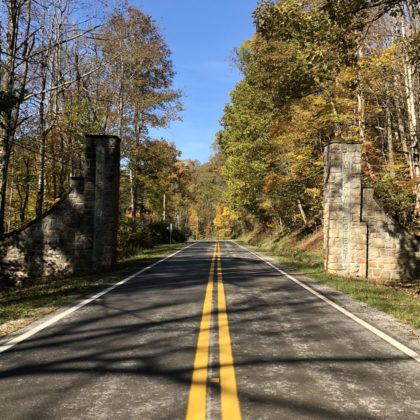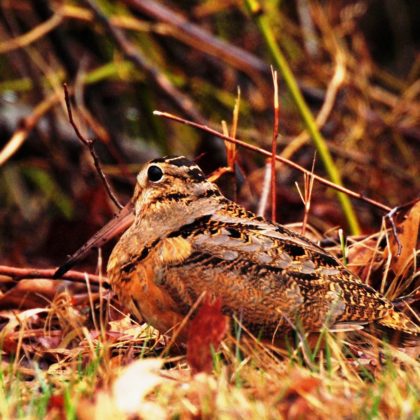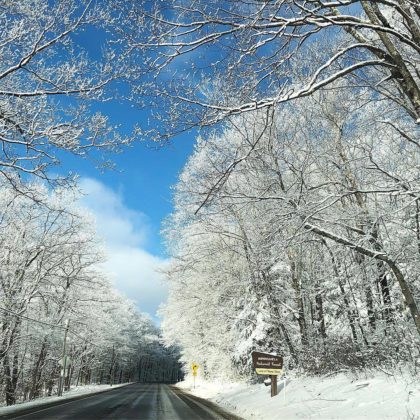Monongahela National Forest Headquarters
200 Sycamore Street, Elkins, WV 26241
The Monongahela National Forest is one of West Virginia’s primary recreational attractions and protects more than 919,000 acres in the Allegheny Mountains of eastern West Virginia. Approximately three million tourists visit the forest annually, according to the U.S. Forest Service. Hikers, bikers, hunters, and anglers make up the largest groups. Rock climbing is popular at Seneca Rocks and in other rocky areas in the northeastern forest. The service operates 23 campgrounds and 17 picnic areas and maintains more than 500 miles of hiking trails.
Fishing: More than 576 miles of trout stream and 129 miles of warm-water fishing stream are located within the forest. Ninety percent of all West Virginia trout waters are found within its bounds. The headwaters of six major river systems arise in the forest — the Elk, Tygart, Gauley, Greenbrier, Potomac, and Monongahela. Twelve rivers in the forest are being studied for classification in the National Wild and Scenic Rivers System.
Hunting: The Monongahela National Forest protects much of West Virginia’s most remote woodland, and hunting and trapping here are extremely popular. The U.S. Forest Service manages ten wildlife-management areas in the forest cooperation with the West Virginia Department of Natural Resources — Cheat, Rimel, Neola, Handley, Tea Creek, Beaver Dam, Otter Creek, Cranberry, Blackwater, and Little River. Abundant game species in the forest include black bear, wild turkey, white-tailed deer, gray and fox squirrels, rabbits, snowshoe hare, woodcock, and grouse, beaver, red and gray fox, mink, bobcat, fisher, otter, and raccoon. Coyote, skunk, opossum, woodchuck, crow, and weasel are also hunted.
Camping: The U.S. Forest Service operates 23 public campgrounds in the Monongahela National Forest.
Wilderness Areas: Eight federally designated wilderness areas are located within the forest: Otter Creek, Dolly Sods, Laurel Fork North and South, Cranberry, Big Draft, Roaring Plains West Wilderness, and Spice Run Wilderness. Campers, hikers, anglers, and hunters should be extremely careful when exploring these undeveloped areas. Trails are not marked or blazed, though large rock cairns sometimes mark major trail junctions. Bridges are rare, and most streams must be forded. No more than 10 campers are permitted per group in these areas, and campfires are discouraged, though permitted in existing fire rings.
Horse Trails: Horse use is permitted virtually everywhere on the Forest, including behind gated roads. The only places specifically prohibited at this time are at developed recreation areas such as campgrounds and picnic areas. Be aware there are no areas or trails specifically constructed, managed, or maintained for horse travel, and there are no existing facilities such as corrals are loading ramps.
Photo Gallery
